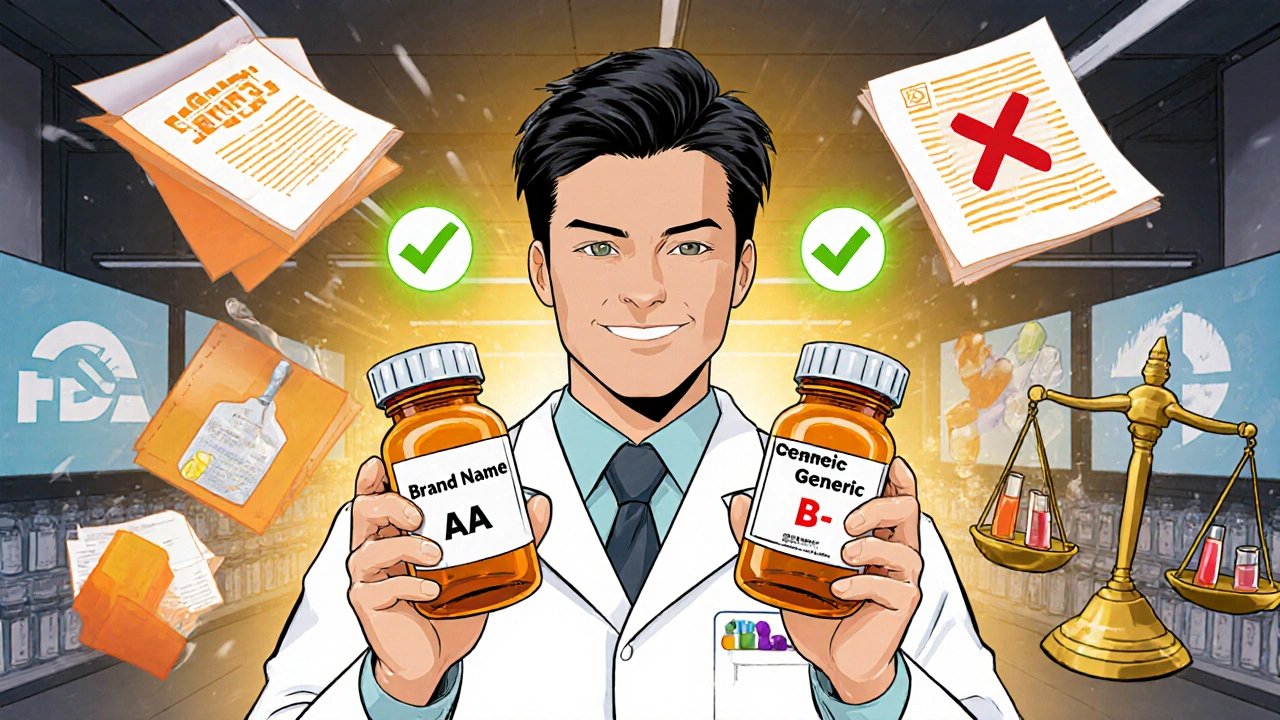Pharmaceutical Substitution Laws: What You Need to Know About Generic Switches and Patient Safety
When you pick up a prescription, the pill you get might not be the one your doctor wrote on the paper. That’s because of pharmaceutical substitution laws, rules that let pharmacists replace brand-name drugs with generic versions under certain conditions. Also known as drug substitution laws, these regulations exist to cut costs without sacrificing effectiveness—unless you’re one of the few people for whom the switch doesn’t work. In the U.S., every state has its own version, but they all follow the same basic idea: if a generic is FDA-approved and therapeutically equivalent, the pharmacist can swap it unless the doctor says "do not substitute" or the patient refuses.
These laws directly connect to generic medications, identical in active ingredient, strength, and dosage as brand-name drugs but priced 80-85% lower. Also known as generic drugs, they’re the reason millions of people with high blood pressure, diabetes, or depression can afford to stay on treatment. But not all substitutions are simple. Some drugs have narrow therapeutic windows—like warfarin or thyroid meds—where even tiny differences in inactive ingredients can throw off your levels. That’s why some doctors write "dispense as written" on prescriptions. And while most people switch without issue, a small number report changes in how they feel after a swap, even if the science says it shouldn’t matter.
Pharmacy laws, the legal framework governing how drugs are dispensed and substituted, also require pharmacists to notify you when a substitution happens and keep records of the change. You have the right to ask why a generic was given, to see the original brand name on your receipt, or to request the brand if cost isn’t a barrier. Many patients don’t know this. Others assume generics are inferior—despite decades of data showing they work just as well. The real issue isn’t the drug. It’s the lack of communication. If you’ve ever felt off after a refill change, it’s not in your head. It’s worth talking to your doctor or pharmacist about it.
These laws also tie into medication affordability, the growing pressure to reduce out-of-pocket costs for chronic conditions. Also known as drug cost savings, this is why mail-order pharmacies and 90-day supplies are so common—they’re built on the same system that lets generics replace brands. Without substitution laws, many people would skip doses or stop taking meds entirely. But if you’re on multiple drugs, or have a complex condition like epilepsy or heart failure, knowing when a substitution happens—and whether it’s safe for you—is critical.
Below, you’ll find real-world stories and data on how these laws play out in daily life—from the patient who had a seizure after a generic switch, to the senior who saved $1,200 a year by switching to generics, to the pharmacist who refuses substitutions for certain drugs out of caution. You’ll see how drug safety, legal rights, and personal health all intersect in ways most people never think about. This isn’t just policy. It’s your medicine.

FDA Therapeutic Equivalency Codes: How Laws Determine Which Generic Drugs Can Be Substituted
FDA Therapeutic Equivalency (TE) codes determine which generic drugs can legally be substituted for brand-name medications. Learn how these codes work, why some generics can't be swapped, and how state laws enforce substitution rules.